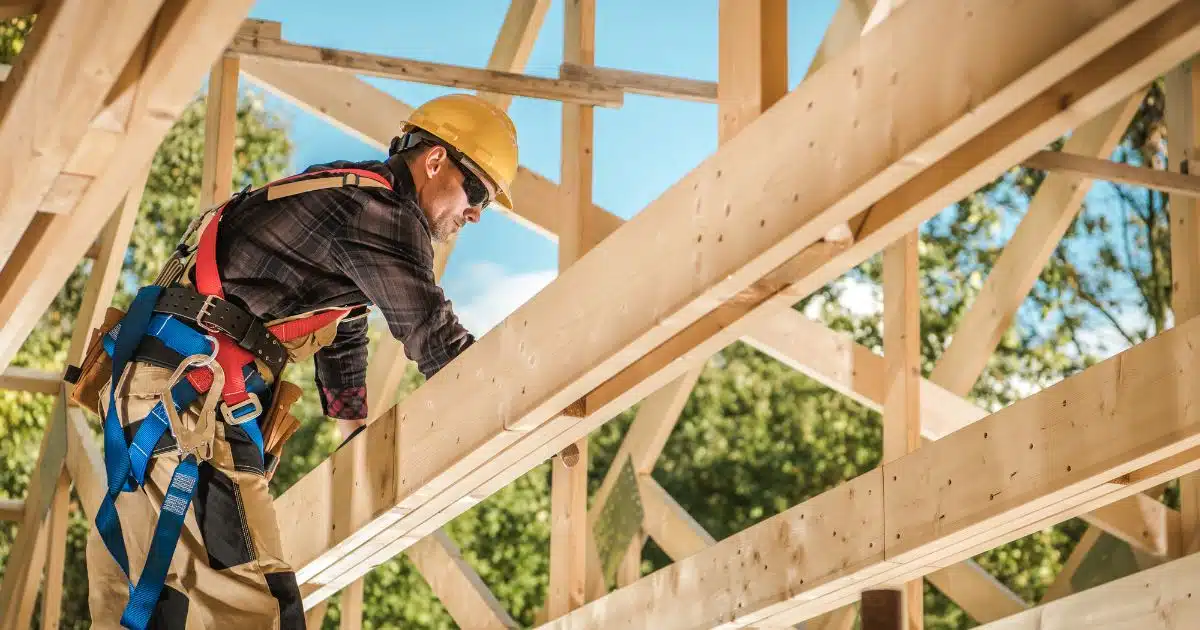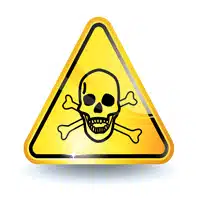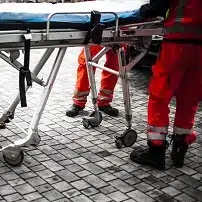Construction work is dangerous. Without proper safety precautions, workers can easily get injured on the job. One of the most devastating and life-changing injuries is amputation. According to a report by the Amputee Coalition, about three in every 20,000 construction workers suffers from an amputation injury.
Whether a worker loses a body part immediately in an accident or at a later point in time, it can mean having to find another way to earn a living or dealing with chronic pain afterwards. Construction workers should be aware of the following safety hazards that can result in amputation:
- Falls from heights: Falls are extremely common on construction sites and a frequent source of injury. Falls can result in injuries to fingers, hands, arms, toes, feet, and legs that can eventually require amputation of the injured area.
- Caught in/between accidents: Workers are at risk of crushing injuries if they get caught in running machinery or between two objects, such as a truck and a wall.
- Being struck by an object: Falling debris or work materials are hazards on construction sites that can lead to amputations. Workers can also be struck by moving cranes or pulleys and other heavy equipment.
- Machinery: Construction machinery used to bend, pinch, or shear materials is highly dangerous. This type of machinery is required to have safety guards that should never be removed except to clean or repair the machine.
- Explosion of flammable materials: Explosions can be caused by improper storage of flammable materials or by electrical sparks. Severe burns and other injuries from explosions can necessitate amputations.
Preventing Amputation Injuries Among Construction Workers
Many injuries and Workers’ Compensation claims can be prevented by following safety regulations from the Occupational Safety and Health Administration (OSHA) and eliminating amputation hazards through methods such as:
- Inspecting equipment regularly: Equipment should be regularly inspected for missing safety guards, worn or broken parts, frayed cords, and other signs of wear.
- Routine maintenance: Performing routine maintenance on equipment can ensure that it is working properly and will not malfunction while in use.
- Good housekeeping practices: A clean work site reduces the risk of debris or materials falling and injuring workers. It also eliminates many of the hazards that can cause workers to slip and fall.
- Personal protective equipment (PPE): PPE should be worn when necessary, such as gloves, steel toed boots, and fall protection systems.
- Training: Workers should be trained to recognize amputation hazards and how to avoid them as well as the safe and proper way to use machines on site and using PPE.
- Marking vehicle paths: On a construction site, vehicle paths should be clearly marked. Trucks should have working backup alarms, and in difficult situations, use of a flagger should be employed to ensure no one is behind a vehicle going into reverse.
Wilmington Construction Injury Lawyers at Rhoades & Morrow Advocate for the Rights of Injured Workers
If you are a construction worker who has an amputation injury, contact one of our Wilmington construction injury lawyers at Rhoades & Morrow for legal help right away. Call us at 302-427-9500 or contact us online to schedule a free consultation. We have offices in Wilmington, Bear, Milford, and Lewes Delaware. With offices in all three counties of Delaware, we represent injured workers throughout the state.





